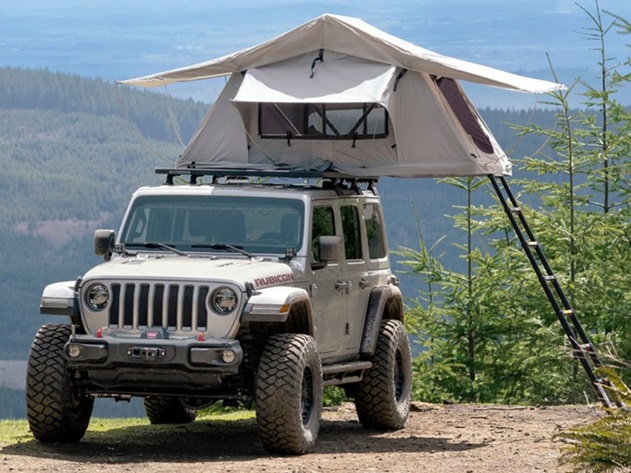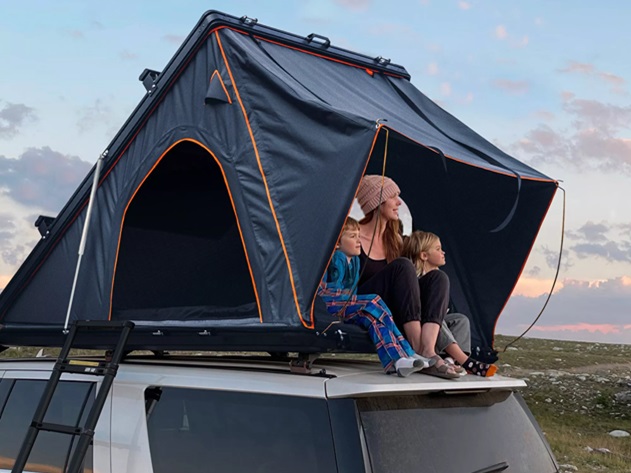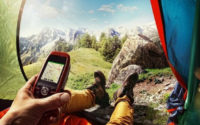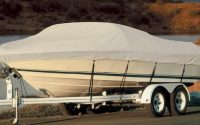Elevated Camping: Exploring the Advantages of Roof Top Tents
Elevated camping has been gaining popularity among outdoor enthusiasts, offering a unique experience that combines the comforts of traditional camping with the thrill of being perched high above the ground. One of the most notable innovations in elevated camping is the roof-top tent (RTT). In recent years, these tents have emerged as a convenient and practical alternative to traditional ground tents due to the many advantages they offer.
What is a Roof Top Tent?

A portable roof top camper tent is a convenient shelter that is mounted on the roof of a vehicle, typically a car, SUV, or truck. It’s a popular choice for outdoor enthusiasts, campers, and adventurers who want a convenient and comfortable sleeping solution while on the road or exploring remote areas. Rooftop tents provide several advantages over traditional ground tents, including faster setup times, improved safety from animals, and the ability to camp in areas where ground conditions are less favourable.
How Do RTTs Work?
The basic design of a rooftop tent consists of a durable tent fabric or material attached to a sturdy base. This base is securely mounted onto roof racks or rails on top of the vehicle. When not in use, the tent is compactly stored on the roof, minimising storage space and allowing for easy transport.
To set up the tent, the user typically unlatches or unzips the tent cover, allowing it to unfold or pop up. Many rooftop tents feature built-in mechanisms such as gas struts or telescoping poles that assist in the setup process, making it quick and effortless. Once fully deployed, the roof top camper provides a spacious and elevated sleeping area, often with a built-in mattress for added comfort. Some models also come equipped with features like windows, skylights, and annexes for additional living space.
Soft Shell vs. Hard Shell Rooftop Tents
Soft shell rooftop tents are constructed with durable yet flexible fabric materials such as canvas or polyester. They are typically lighter in weight compared to hard shell tents, making them more suitable for vehicles with weight restrictions. Soft shell tents often provide a larger sleeping area and better ventilation due to their fabric design. These tents are easier to pack and store when collapsed, as they fold down into a compact and streamlined shape.
Hard shell rooftop tents feature a rigid outer shell made of materials like fibreglass, aluminium, or composite plastics. They offer enhanced durability and weather resistance, providing better protection against rain, wind, and other harsh conditions. Hard shell tents are often preferred for their sleek and aerodynamic profile, which can result in improved fuel efficiency and reduced wind noise while driving. Setup and takedown of hard shell tents may be slightly faster than soft shell tents due to their integrated mechanisms and fewer manual adjustments.
Advantages of Roof Top Tents
Quick Setup and Convenience

One of the primary advantages is the quick and easy setup. Unlike traditional ground tents that require time-consuming assembly and finding a suitable camping spot, roof tents can be set up within minutes. Most RTTs come with built-in folding mechanisms, allowing them to be easily deployed and packed away with minimal effort. This convenience is particularly appealing to campers who want to maximise their time exploring the great outdoors without the hassle of setting up camp.
Elevated Sleeping Platform
Sleeping on an elevated platform offers several benefits compared to sleeping on the ground. Firstly, it provides enhanced protection from various ground elements such as rocks, moisture, insects, and small animals. This elevated position also offers better ventilation, allowing for improved airflow and temperature regulation within the tent. More importantly, being elevated off the ground provides a sense of security and peace of mind, especially in areas with wildlife or uneven terrain.
Versatility and Adaptability
Roof top tents are incredibly versatile and can be mounted on a variety of vehicles, including SUVs, trucks, and even smaller cars equipped with roof racks. This versatility allows campers to explore remote and off-road destinations that may not be accessible to larger RVs or trailers. Additionally, RTTs can be easily removed from the vehicle when not in use, providing flexibility for day trips or urban adventures.
Enhanced Comfort and Features
Modern roof-top tents are designed with comfort and convenience in mind. Many models come equipped with features such as built-in mattresses, skylights, windows, and awnings, providing a cosy and functional living space. Some RTTs also offer optional accessories like annex rooms, gear storage compartments, and integrated lighting systems, further enhancing the camping experience. The elevated sleeping platform eliminates the need for sleeping pads or air mattresses, offering a more comfortable and restful night’s sleep.
Off-the-Ground Camping Experience

Camping in a roof top camper offers a unique and immersive experience that traditional ground tents cannot match. Being elevated off the ground provides campers with panoramic views of their surroundings, allowing them to fully appreciate the beauty of nature from a different perspective. It also offers a sense of isolation and tranquillity, away from the noise and distractions often associated with camping on the ground. The elevated position of RTTs minimises the impact on the environment, making them an eco-friendly option for outdoor enthusiasts.
Takeaway
Roof-top tents have revolutionised the camping experience, offering a convenient, comfortable, and versatile alternative to traditional ground tents. With quick setup times, elevated sleeping platforms, and a host of features, RTTs provide campers with an unparalleled outdoor adventure. Whether exploring remote wilderness areas or embarking on cross-country road trips, these tents offer the perfect blend of convenience, comfort, and adventure for modern-day adventurers.



